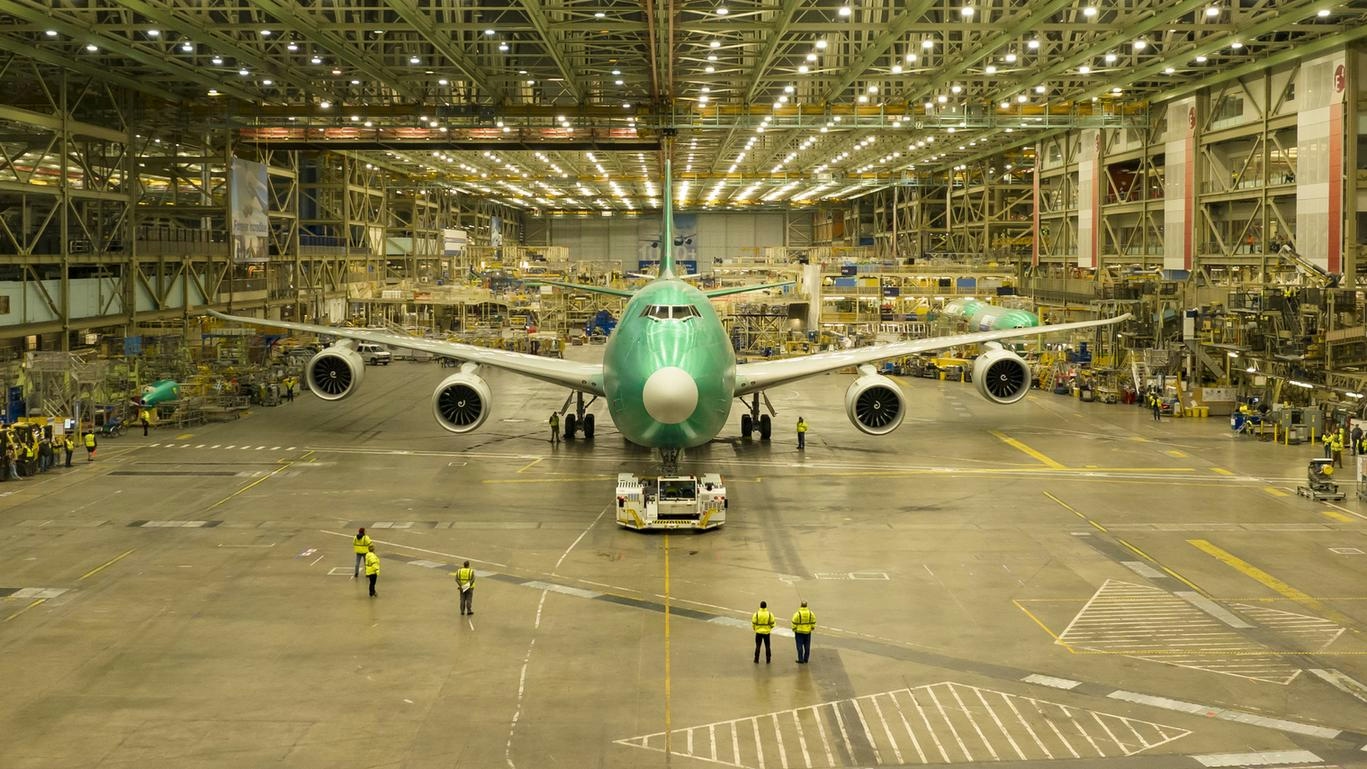
Correo más inteligente, negocios más rápidos. Etiqueta, analiza y responde automáticamente a solicitudes, cotizaciones, pedidos y más — al instante.
Tendencias
Categories
Engine Manufacturers Advance Development of New Small Turbofan Engines
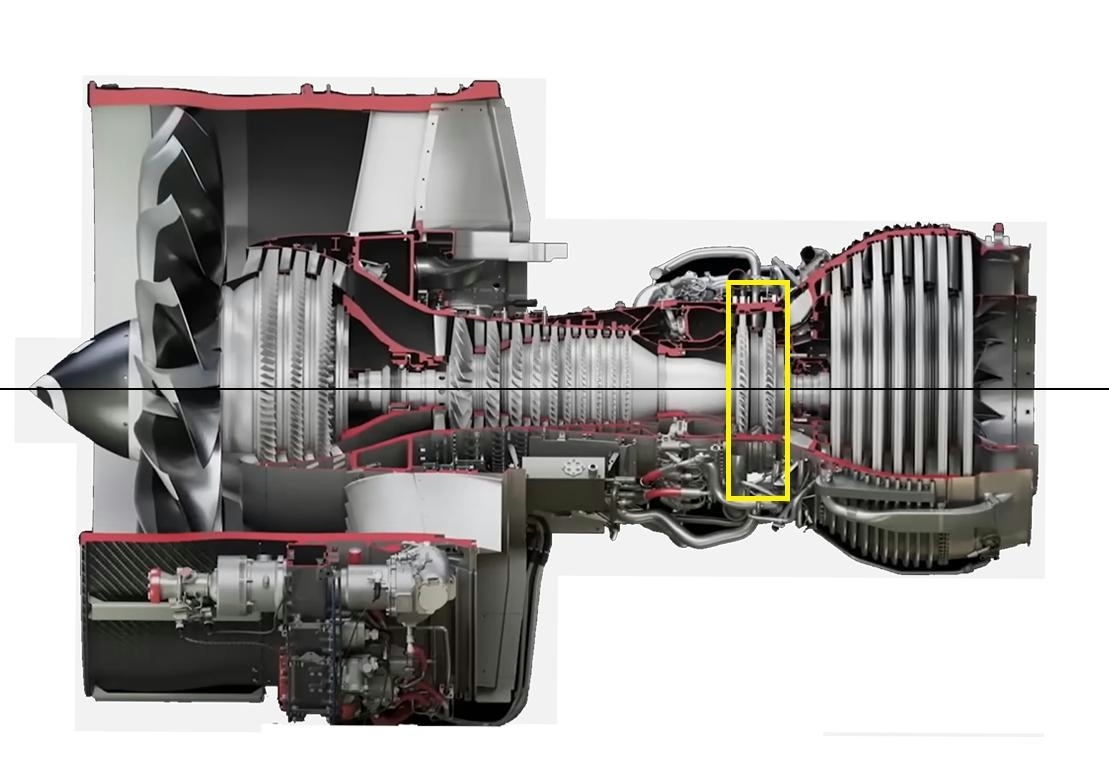
Engine Manufacturers Advance Development of New Small Turbofan Engines
Rising Demand Driven by Uncrewed Fighter Programs
Leading military jet engine manufacturers are intensifying efforts to develop new small turbofan engines, responding to anticipated demand fueled by the Pentagon’s initiative to deploy uncrewed fighter aircraft. Industry giants Pratt & Whitney, GE Aerospace, and Honeywell are each working on engines delivering between 800 and 1,600 pounds of thrust (3.5 to 7.1 kN), a significant reduction in size compared to the powerplants currently used in tactical jets.
This development aligns closely with the U.S. Department of Defense’s strategic emphasis on rapidly fielding a new generation of low-cost, autonomous fighter jets, known as Collaborative Combat Aircraft (CCA). The U.S. Air Force is in the early stages of flight testing its initial CCA prototypes, with plans to select a final design by the latter half of 2026. Concurrently, the U.S. Navy has initiated its own CCA program, awarding initial research and development contracts to multiple suppliers.
Recent flight tests highlight the program’s momentum. General Atomics’ YFQ-42A began flying in August, powered by an undisclosed engine compatible with at least 13 commercial jet engines. Meanwhile, Anduril’s YFQ-44A, scheduled for its maiden flight in October, utilizes a Williams FJ44 business jet engine. One of these platforms is expected to become the Air Force’s first operational CCA.
Transition from Commercial to Purpose-Built Engines
While the initial generation of CCAs is likely to rely on commercially available business jet engines, the next wave of more advanced aircraft will require engines specifically designed for their unique operational demands. At a recent Air & Space Forces Association event in Washington, DC, representatives from major engine manufacturers and emerging startups showcased their ongoing efforts to develop dedicated CCA propulsion systems.
“There’s really not an existing propulsion solution,” explained TJ Pope, Honeywell’s senior director of engine strategy. He noted that as mission requirements became clearer, it was evident that current engine portfolios did not adequately address the needs of these new aircraft.
Industry insiders expect the Air Force to pursue two distinct CCA variants, each with different propulsion requirements. The smaller variant will need engines in the 800 to 1,600-pound thrust range, while a larger model will demand between 5,000 and 6,000 pounds of thrust. For context, large fighter engines such as Pratt & Whitney’s F135 or GE’s F110 produce tens of thousands of pounds of thrust, whereas existing small unmanned aerial vehicles like the MQ-9A and MQ-9B employ turboprops that do not meet the performance criteria for CCAs.
Challenges and Competitive Dynamics
With the prospect of hundreds or even thousands of CCA orders, engine manufacturers are accelerating development timelines. Honeywell, for instance, is leveraging its expertise in auxiliary power units (APUs) to create the HON1600, a small turbofan engine targeting the 800 to 1,600-pound thrust class. Pope highlighted that the turbomachinery components in APUs are comparable in size to those required for small-class engines, noting Honeywell’s existing production of over 2,500 APUs annually for commercial aircraft manufacturers Boeing and Airbus.
Despite this progress, the race to deliver new small turbofan engines faces significant challenges. Supply chain disruptions continue to affect production schedules, while competition from established players like Pratt & Whitney remains intense. Manufacturers must also meet stringent performance and cost-efficiency targets to satisfy military requirements. Market pressures are prompting rivals to either accelerate new engine development or enhance existing models. Additionally, labor agreements, such as GE Aerospace’s tentative five-year contract with the United Auto Workers, introduce further complexity by influencing production timelines and operational costs in this rapidly evolving sector.
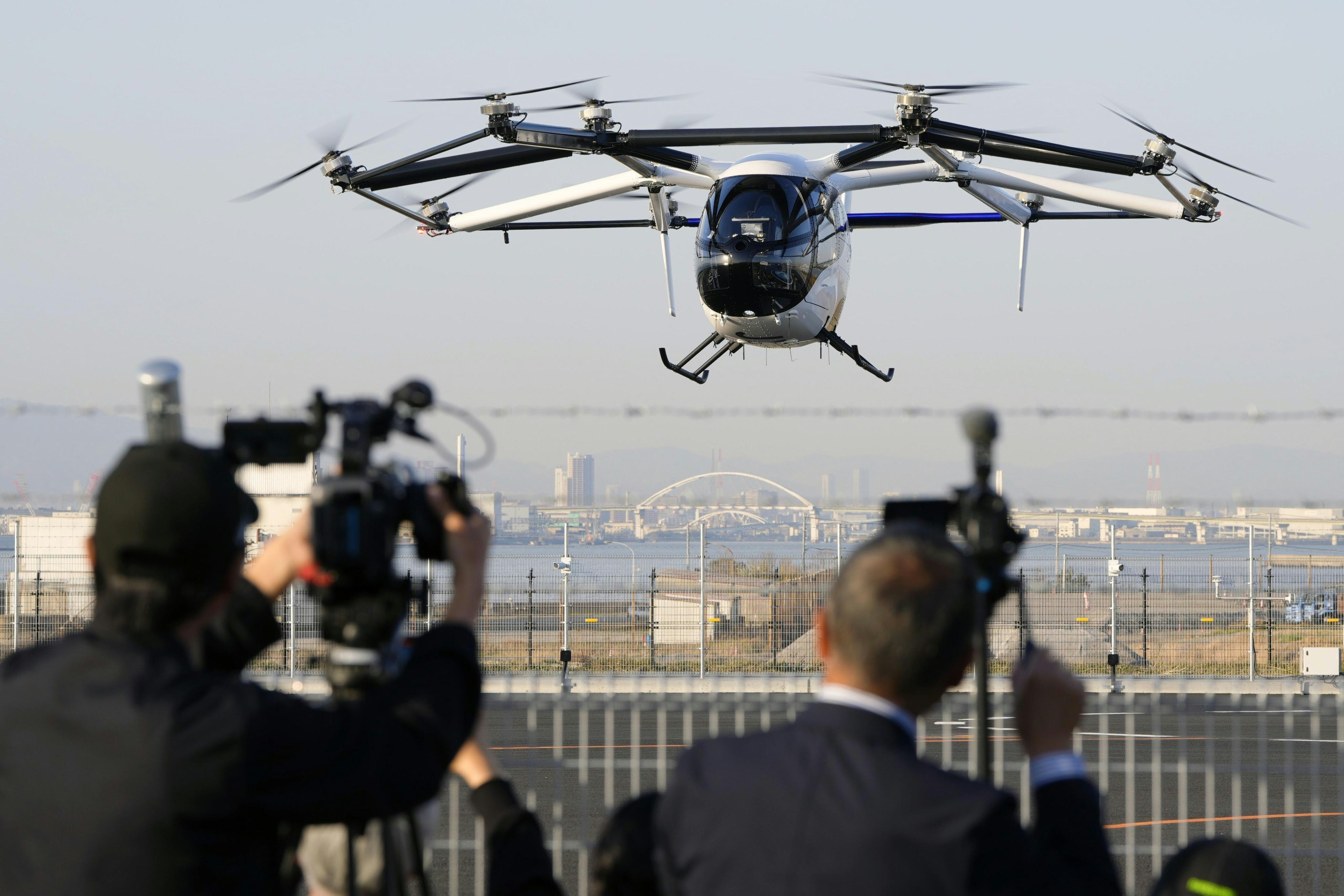
ANA and U.S. Startup Showcase Flying Car at Osaka Expo
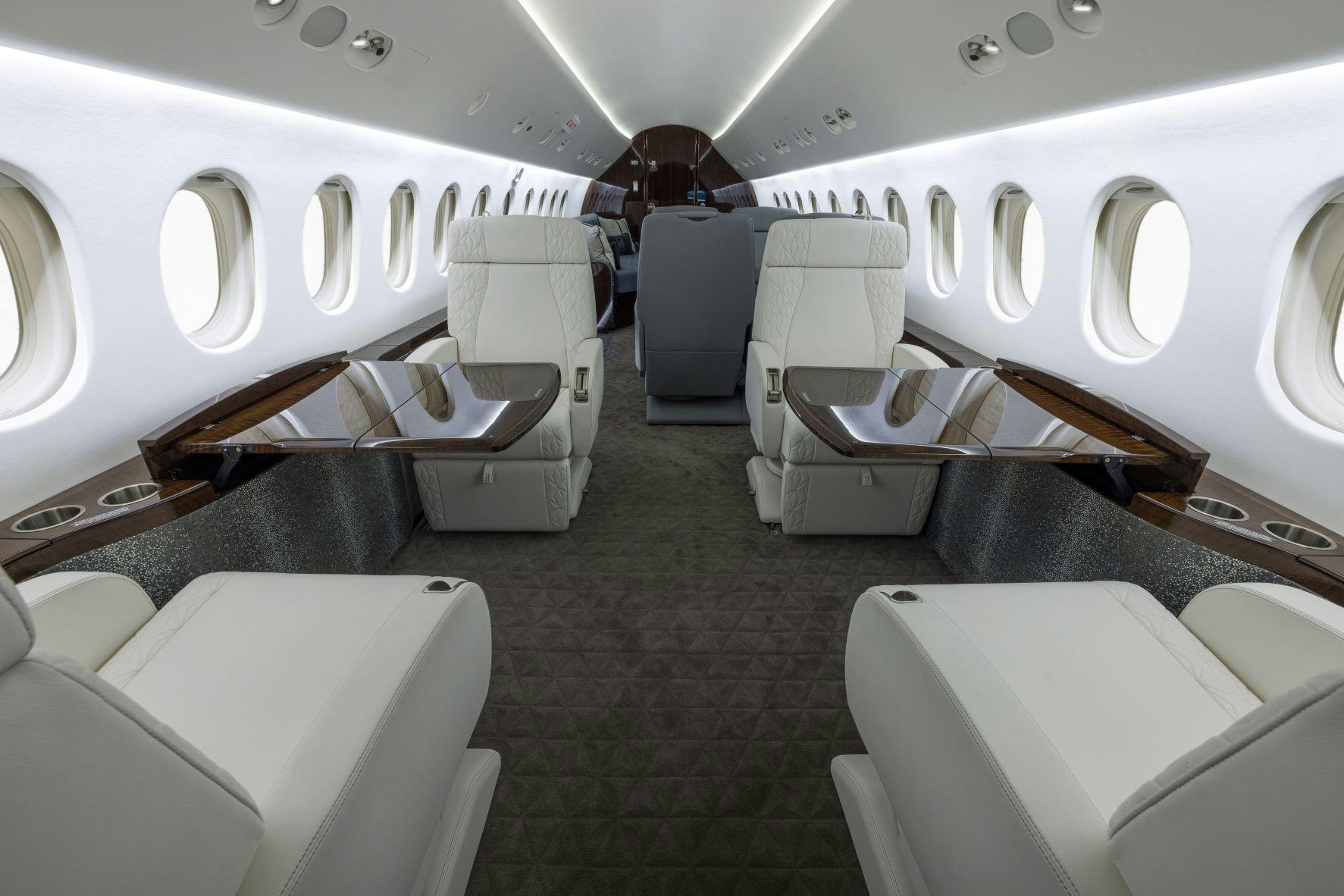
Luminaire Receives Falcon 900LX Aircraft
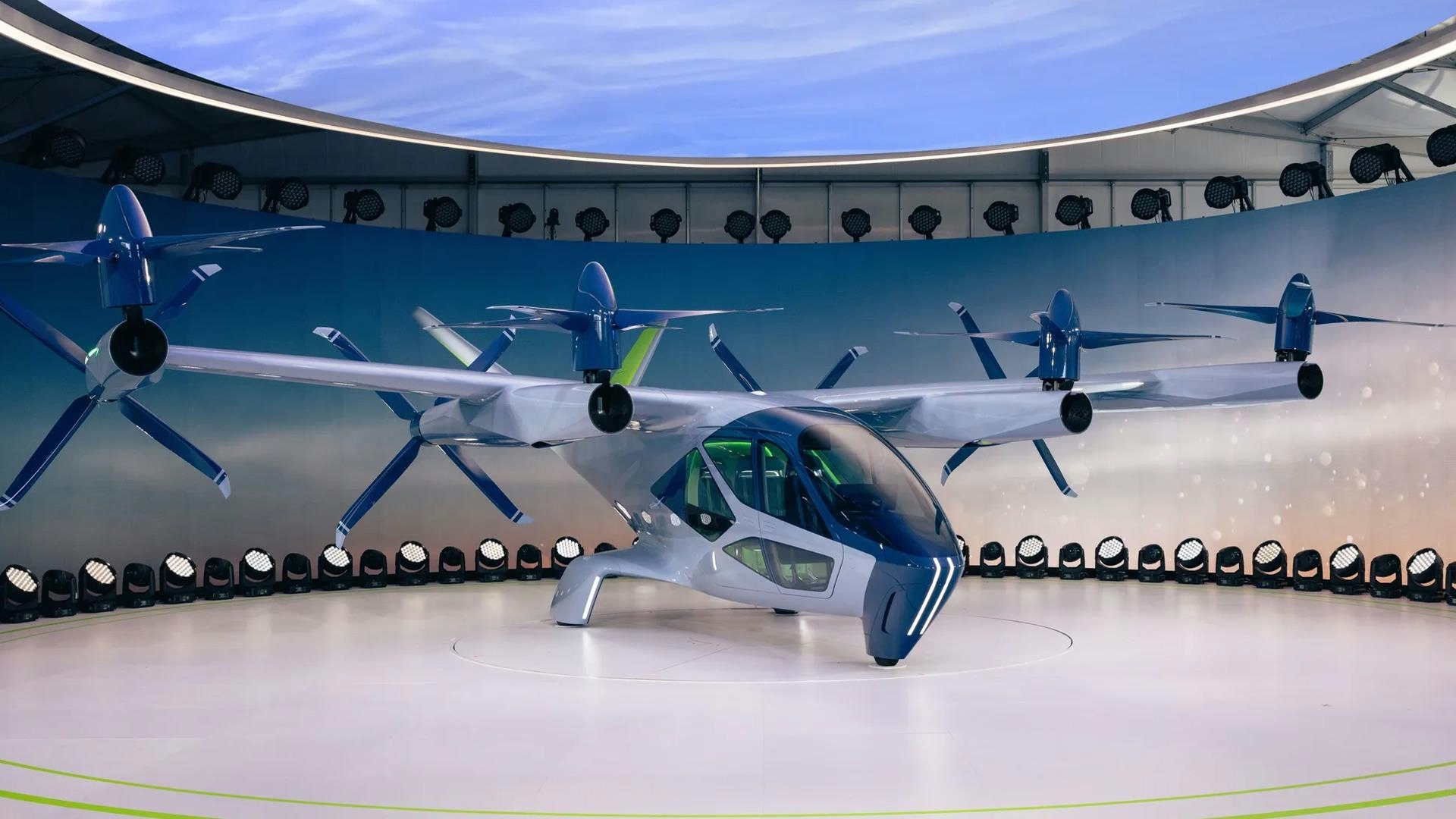
Up to 60,000 Pilots May Be Needed for Air Taxis by 2028
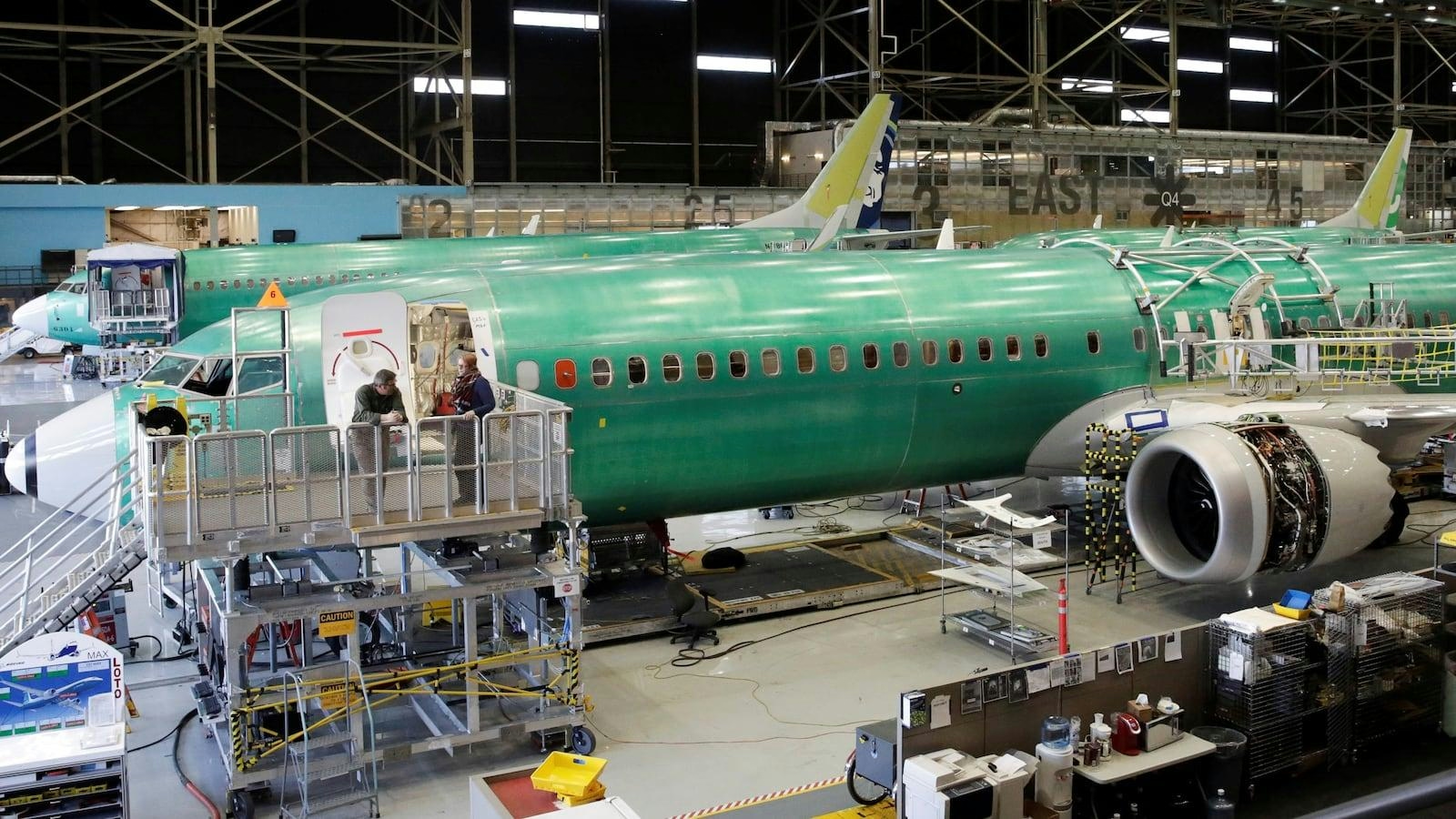
Boeing Reportedly Developing Successor to 737 Max

FAA Administrator Bryan Bedford Inducted into Indiana Aviation Hall of Fame
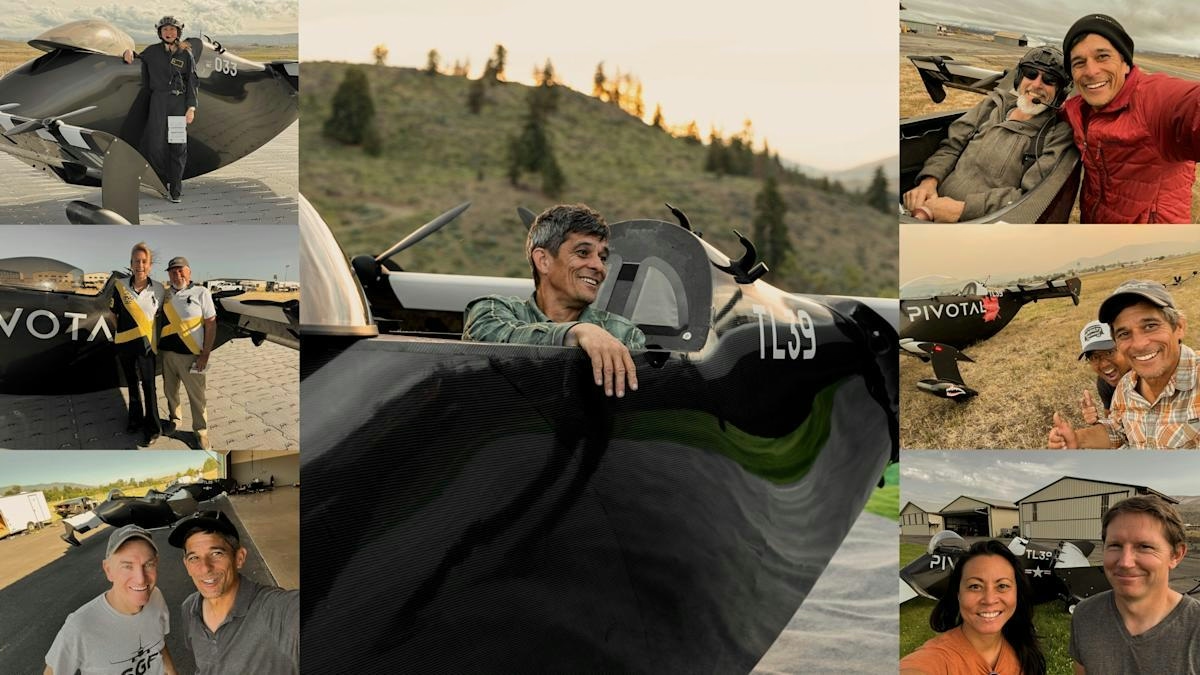
Pivotal's BlackFly eVTOL Aircraft Surpasses 1,000 Crewed Flights
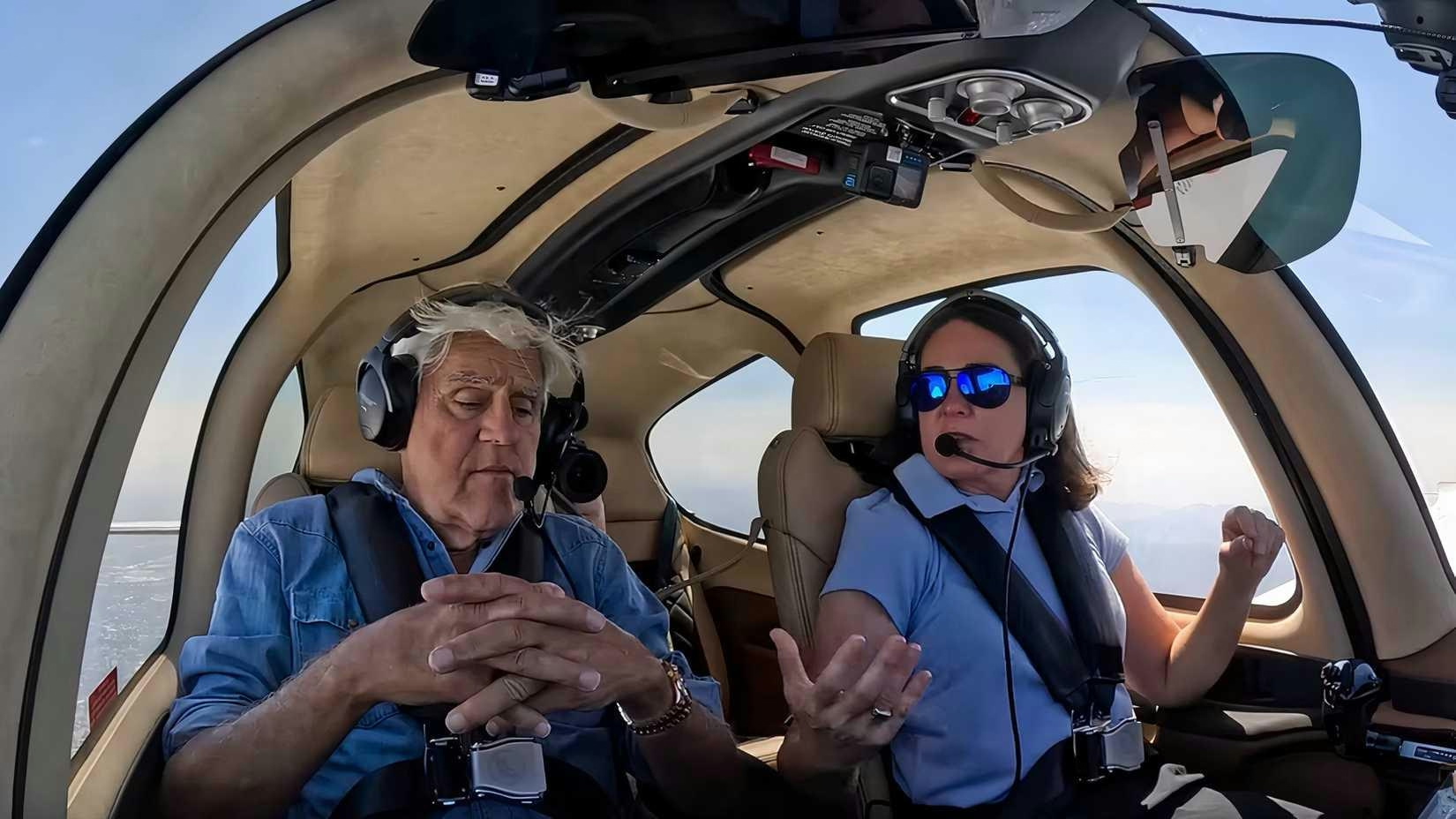
Jay Leno Reviews the Cirrus SR22T G7+ with Automatic Landing Capability
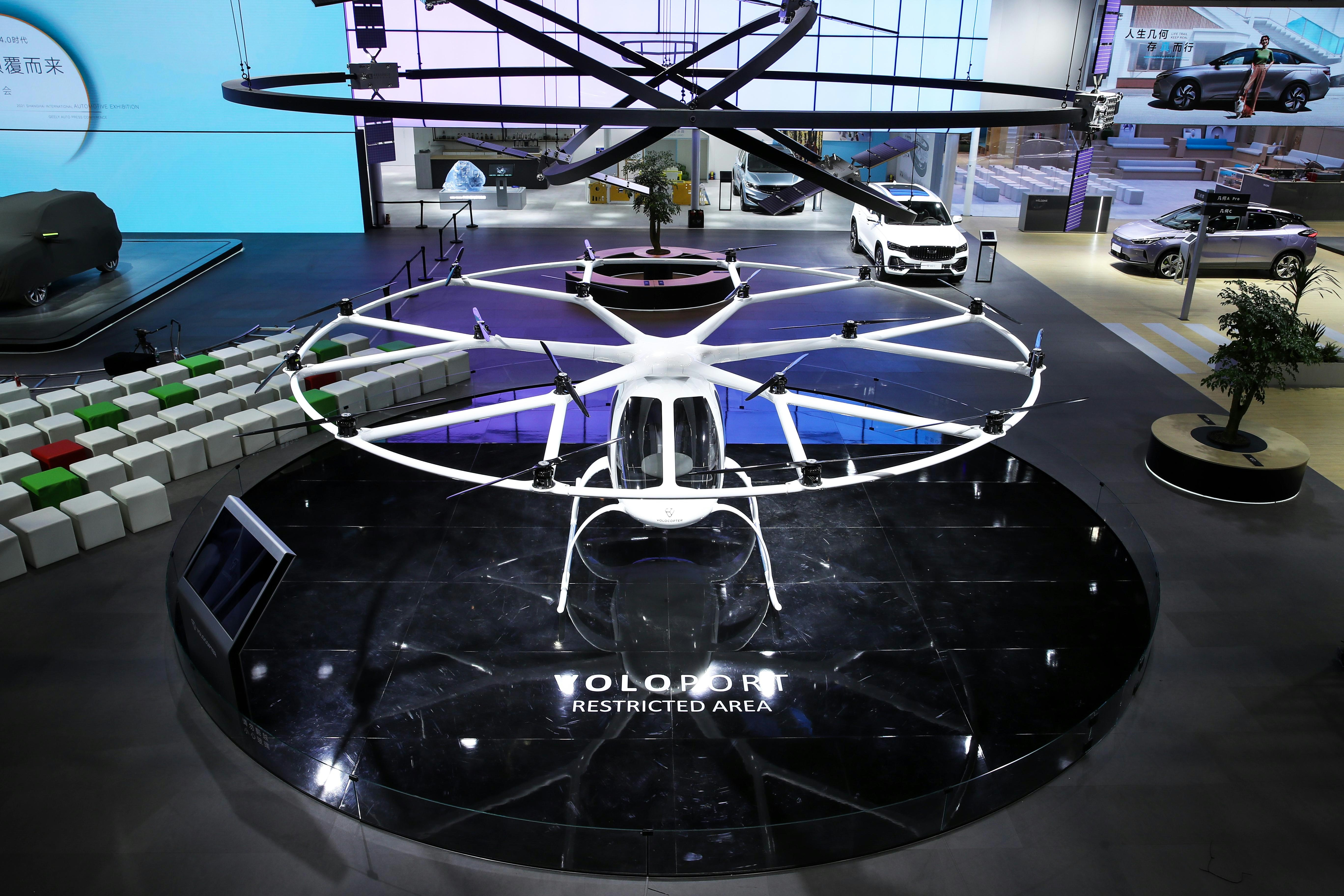
Geely Subsidiary Aerofugia Begins Prototype Production of Aerial Taxi
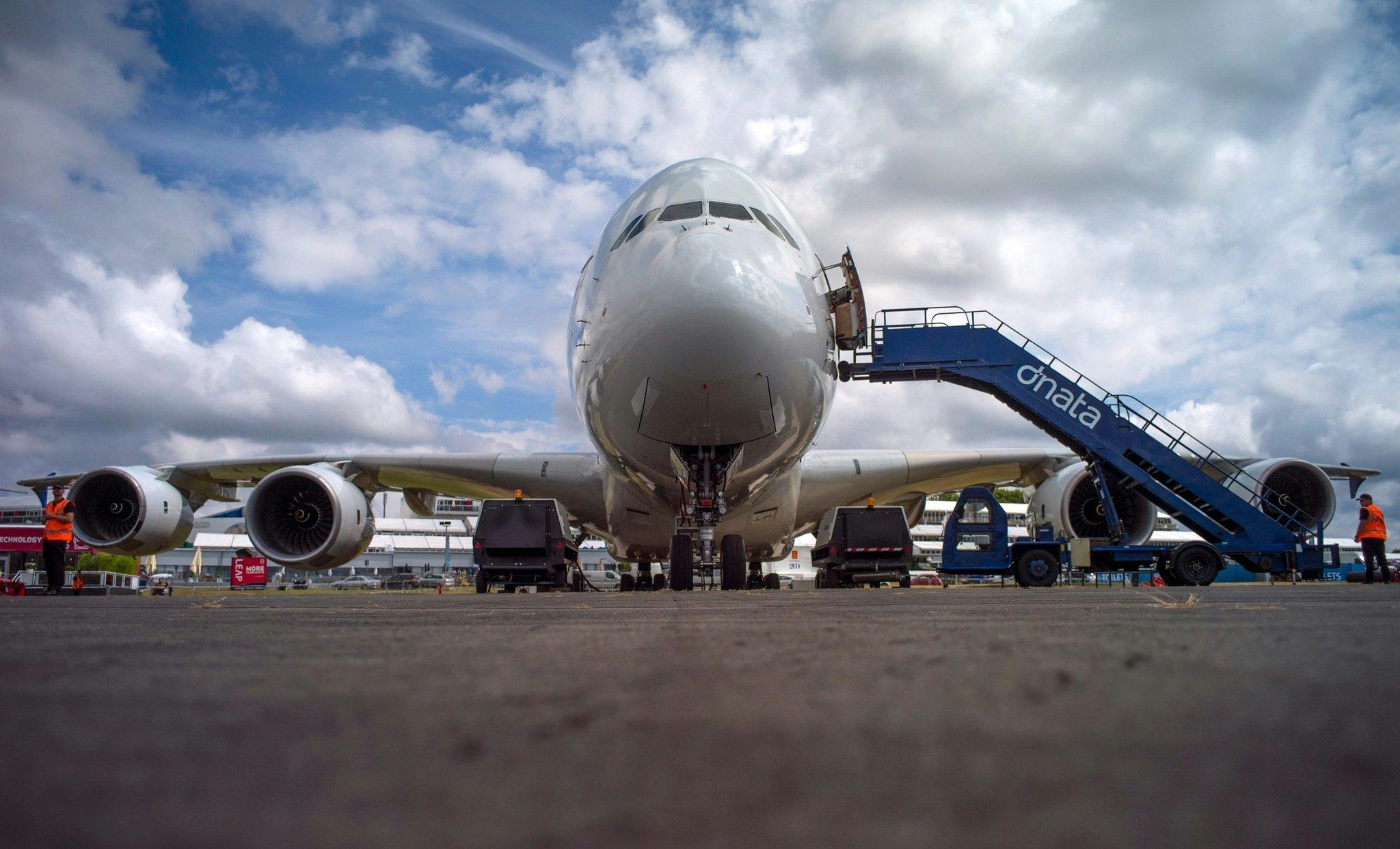
The Aircraft Succeeding the Airbus A380 on High-Capacity Routes
